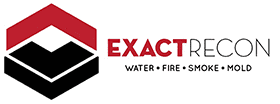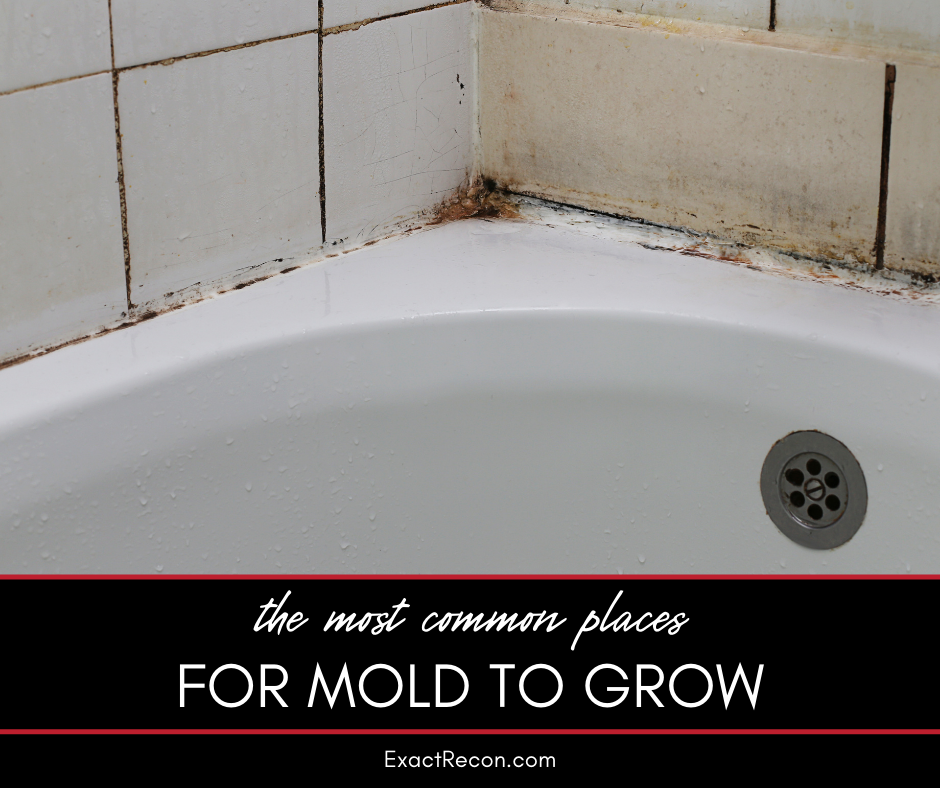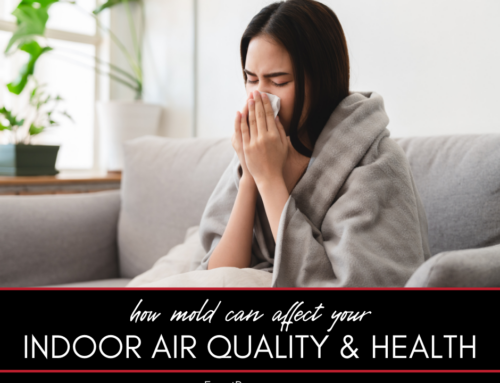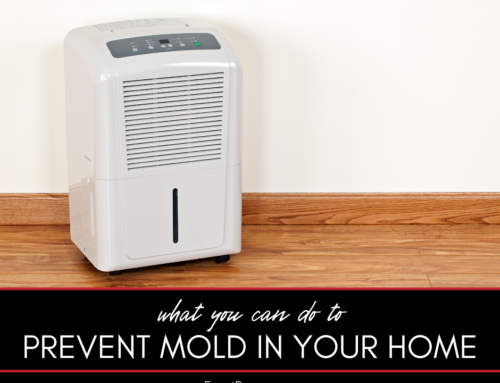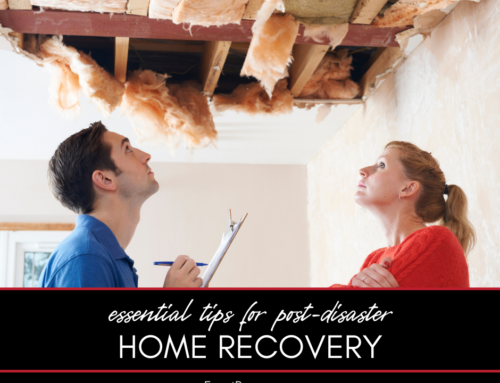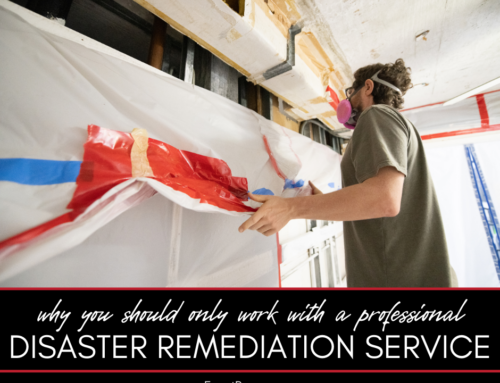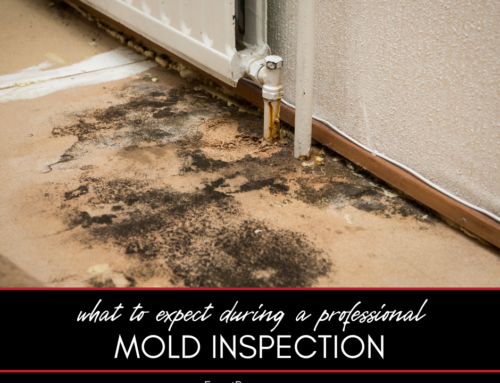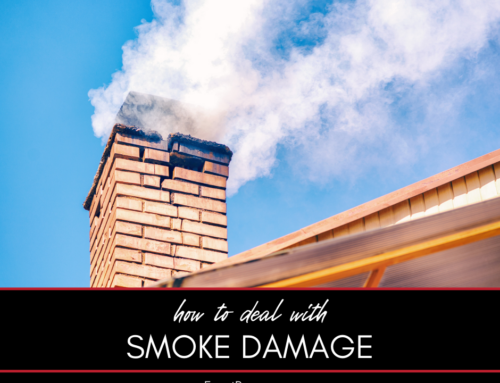Having mold in your house is never a pleasant experience. It’s not just the unsightly patches on your walls or the musty smell – mold can also pose serious health risks. So, where does this sneaky fungus tend to hide? Let’s find out.
The Most Common Places for Mold to Grow
In this guide, we’ll explore some of the most common areas in your home where mold can grow. It’s worth remembering that mold spores can spread and grow anywhere they find moisture and a food source. Here are the areas we’ll cover:
- Bathrooms: a hotbed for mold
- Basements: an ideal environment for mold
- Kitchens: a breeding ground for mold
- Attics: overlooked mold magnets
- Crawl spaces: hidden mold habitats
Here’s a closer look at each.
Bathrooms: A Hotbed for Mold
Bathrooms are known for their humid environment, making them perfect for mold growth. Tiles, grout, shower curtains – mold can creep up anywhere.
Related: What to do about fire damage in your home
Basements: An Ideal Environment for Mold
Basements are often cooler and damper than the rest of the house. This, combined with poor ventilation, makes them an ideal environment for mold.
Kitchens: A Breeding Ground for Mold
From under the sink to the refrigerator drip pan, various spots in the kitchen provide an ideal setting for mold to grow.
Attics: Overlooked Mold Magnets
With the right conditions, attics can quickly become mold magnets. Lack of proper ventilation or leaky roofs can lead to a mold infestation.
Crawl Spaces: Hidden Mold Habitats
Crawl spaces can harbor mold without you even realizing it. They’re often damp and dark – the perfect place for mold to thrive.
Related: How to identify and prevent mold growth in your home
FAQ About The Most Common Places for Mold to Grow
Here are some frequently asked questions about the most common places for mold to grow. If you don’t see the answers you’re looking for here, please call our office. We’re here to help.
How can I prevent mold growth in my bathroom?
Good ventilation is key. Use exhaust fans during and after showering. Also, consider using mold-resistant paint and grout sealer.
Why is my basement susceptible to mold?
Basements can be damp and often have less ventilation. Plus, if they’re unfinished, they may have more organic material (like wood or paper) that mold can feed on.
Related: How to prepare for Michigan’s tornado season
How can I keep my kitchen mold-free?
Regular cleaning and maintenance can help. Also, make sure to fix leaks promptly, ventilate when cooking, and regularly clean the refrigerator drip pan.
Why is mold growing in my attic?
Mold can grow in your attic due to poor ventilation, leaks in the roof, or improperly installed insulation.
Is mold in crawl spaces dangerous?
Yes, mold in crawl spaces can still affect indoor air quality. Plus, it can cause structural damage to your home over time.
Related: Why DIY mold remediation may be a bad idea
Being aware of the most common places for mold to grow helps you keep a vigilant eye on potential problem areas. Regular cleaning, reducing humidity, and ensuring good ventilation can make a huge difference in preventing mold growth.
Do You Need a Disaster Remediation Expert in Washtenaw County or Jackson County?
If your home has already been damaged, we can help. Check out our services and call Exact Recon for your free disaster remediation quote today. We offer:
- Water damage restoration
- Mold removal and remediation
- Fire and smoke restoration
- Sewer cleanup and disinfecting
- Reconstruction
- Wind and storm damage repair
